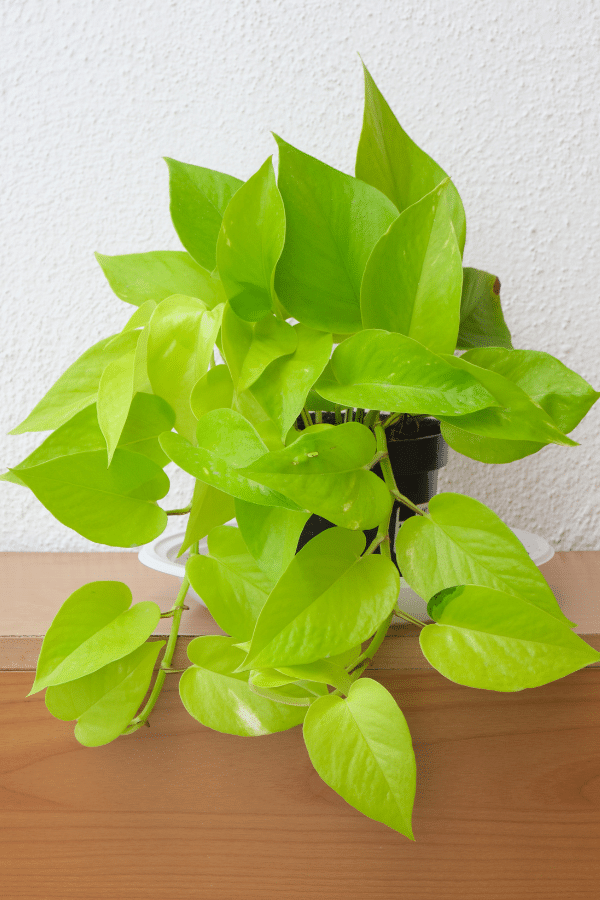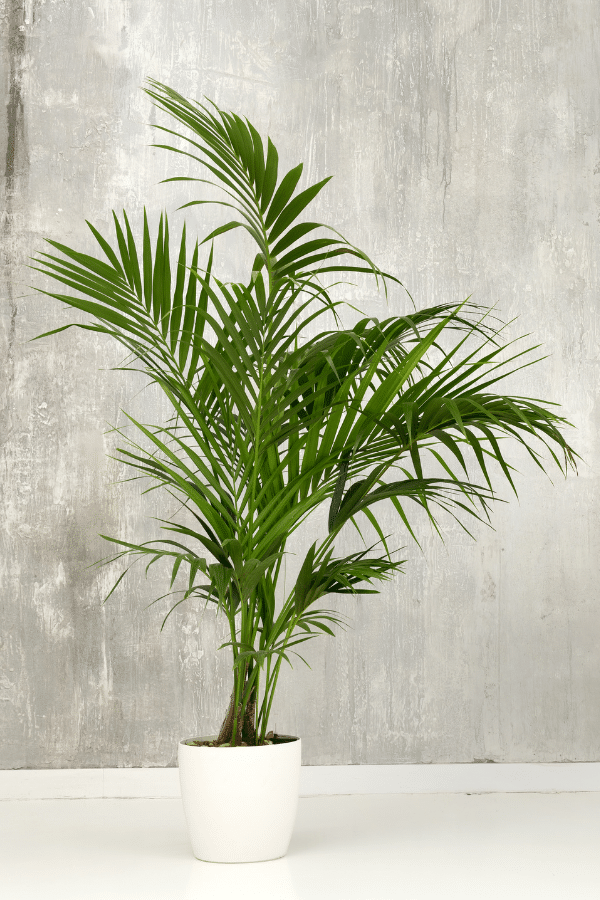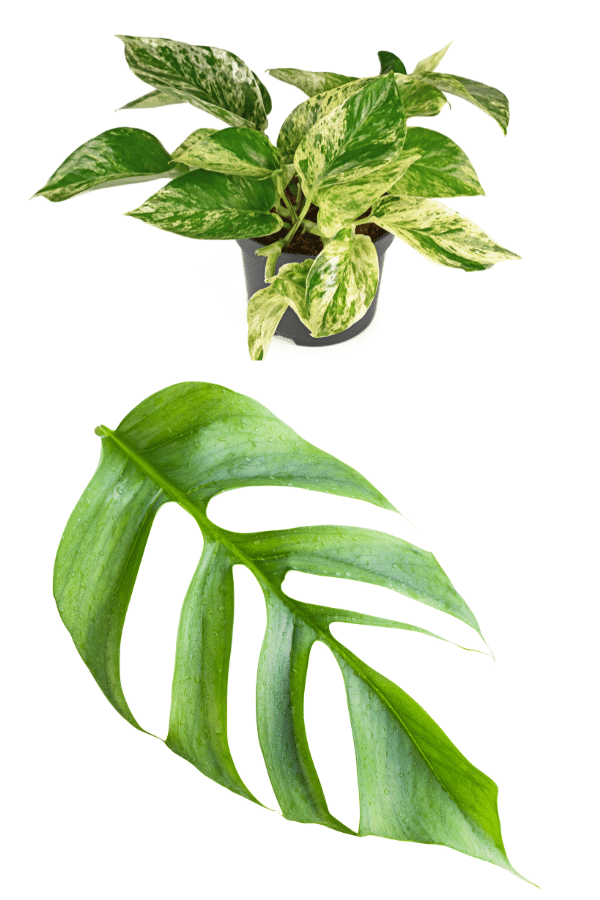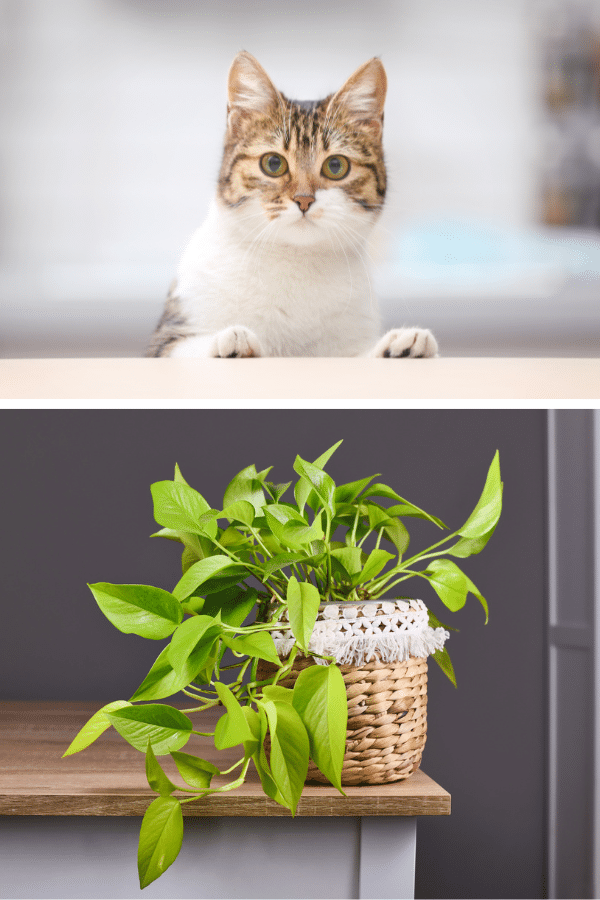The Best Soil for Pothos
General Overview of Pothos Soil
Since most of us don’t have access to a backyard or garden, growing plants, more specifically, Devil’s Ivy indoors has become increasingly popular. One of the most common houseplants is the Pothos plant, which is known for its ability to thrive in less-than-ideal conditions. Pothos are one of the easiest plants to grow. They are also one of the most popular houseplants, due to their ability to thrive in a wide range of conditions.
Pothos can be grown in anything from low light to bright light, and they are tolerant of both high and low humidity levels. Pothos vines are notoriously known for growing up to 10 feet in length indoors. However, one of the most important factors in growing healthy pothos is the quality of the soil. Pothos prefer a light, well-draining soil that is rich in organic matter. The best way to achieve this is to mix equal parts potting mix and perlite. You can also add some compost or worm castings to the mix for an extra boost of nutrients. With a little care, your indoor pothos will thrive for years to come. If you’re looking to add an Epipremnum Aureum, like a golden pothos or neon pothos plant to your indoor jungle, here’s what you need to know about soil.
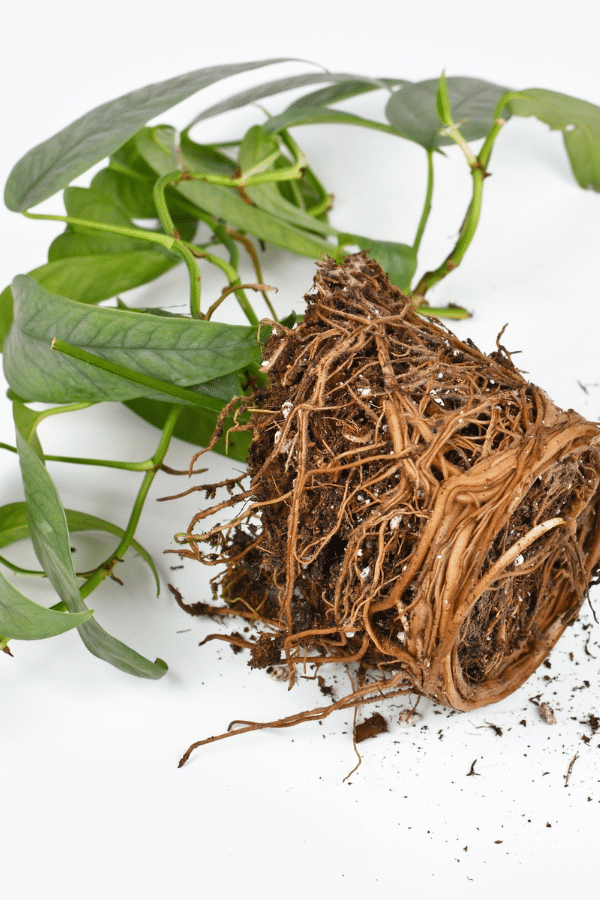
Buying Soil vs Mixing Your Own
When looking to create the right environment for Pothos, there are two options – purchasing ready-made soil or mixing your own. Pre-packaged indoor potting mixes is convenient and typically contains the essential nutrients and structural components that plants need to thrive. Orchid soils and succulent soils are good types of soil to purchase in store for prepackaged soil mixes for pothos plants. However, all of these options will most definitely come with fungus gnats.
On the other hand, those who opt to make their own soil can customize the blend to get the best soil to meet their specific requirements. Generally, homemade soil should include components such as composted organic matter, mineral particles like sand or silt, and some type of drainage material such as perlite. The exact combination will depend on things like how much moisture you want to hold in the soil, how aerated it needs to be, and any additional nutrients needed for a particular species.
Both options have their pros and cons, but ultimately it’s up to you which route you choose – commercial soil or making your own unique blend – while either choice could provide an ideal growing environment for Pothos plants. It’s best to combine both methods when growing Pothos indoors as this gives you more control over nutrient levels and soil structure which is important for optimal plant health!
Best Ingredients for Pothos Soil
Peat Moss
Peat moss is an excellent soil amendment for Pothos because it helps to retain moisture. In contrast, soils rich in sand or clay can cause water to run right through them and can adversely affect the growth of your plants. With peat moss, however, you get the best of both worlds: It looks like regular soil when dry while helping hold just enough moisture to keep things ticking along at optimum levels. On top of that, its spongy texture makes it easier for the roots to become well established.
Perlite or Vermiculite
Whether you’re a beginner or a seasoned green thumb, the key to keeping your Pothos lovely and thriving is good soil. Many soil formulas are available on the market, but if you want to craft your own recipe, consider adding perlite or vermiculite to the mix. When mixed into potting soil, these minerals help to improve drainage while providing extra aeration – something that all plants need in order to grow. What’s great about perlite and vermiculite is that they can be found in garden stores or online with ease. Both minerals also help to promote healthy root development which contributes even further to plant growth and vigor.
Organic Matter Such as Compost or Manure
A good potting mix for a Pothos should include organic matter like compost or manure. This will help ensure that the mix is rich in nutrition with the perfect balance of moisture. Composting organic matter also helps create healthier, richer soil conditions for root growth and air flow.
Fish Emulsion or Bone Meal
If you’re looking for a natural way to fertilize your Pothos, then fish emulsion or bone meal fertilizers could be just the thing. Not only are they both packed full of essential nutrients, but they also add beneficial microbes to the soil that can help foster healthy plant growth and root development.
Fish emulsion is derived from fish by-products and contains vitamin B12 and other essential enzymes.
Alternatively, bone meal is an organic compound made from animal bones that adds phosphorus, calcium and other minerals to the soil.
Of course, it goes without saying that fish emulsion should not be combined with bone meal as these two products contain different microorganisms and minerals that can interact with one another in undesirable ways.
Alternative / Replacement Ingredients
Alternative ingredients can be added to create an ideal growing environment for Pothos. These include sand, compost, horticultural charcoal, and/or coco chips — all of which help with aeration and drainage. Sand improves the texture of the soil and increases nitrogen uptake, while compost provides organic matter that helps maintain soil moisture levels. Horticultural charcoal will help keep the soil full of minerals that would otherwise be drained away with regular waterings. Coco chips are very thick and chunky chunks that will help with soil aeration.
It is important to mix these ingredients thoroughly before adding them to the potting soil, as this will ensure even distribution throughout the pot. In addition, any pre-sterilized product should be used to avoid introducing pest or disease into the environment. With just a few steps and these alternative ingredients, indoor gardeners can easily provide their Pothos with a richer growing environment for better growth and health.
My favorite houseplant soil!
Use code plantinformer for a 10% discount.
Best Pothos Soil Recipe
An essential element of growing healthy Pothos indoors is selecting the right soil. This goes beyond just finding an off-the-shelf potting mix. To give your Pothos the best chance of thriving, it’s important to tailor your soil recipe to the individual needs of this houseplant.
A good Pothos soil should be light and velvety, well aerated and with sufficient drainage. It should also retain moisture for longer periods of time without becoming soggy or collecting salt deposits from water evaporation.
The ideal pothos soil mix recipe is a mix of two parts peat moss (or coco coir), one part perlite, one part bark chips, a mixture of worm castings, and a mixture of horticultural charcoal. Adding some organic compost materials such as aged manure, coco coir or bark chips also helps to improve the nutrient content and texture of the soil further. Finally, make sure to add some lime to maintain an optimal pH balance for your Pothos plants over time!
Factors of Plant Parents
Depending on where you live and if you tend to overwater your plants or if you tend to underwater, different ingredients will help you more so than others depending on which way you lean.
Watering Habits
When caring for Pothos, it is important to determine the ideal watering habits for your particular plant. Generally speaking, Pothos requires rain or distilled water and should be watered only when the plants soil is dry to the touch. The optimal frequency can vary slightly depending on environmental conditions such as temperature and sunlight levels, so it is important to observe your individual plant and adjust accordingly.
During the warm summer months, if your Pothos begins to look wilted or feels dry, try increasing watering frequency. In winter, when the weather is cooler and growth slows down, water sparingly. Additionally, use caution not to over-water as this may cause root rot. If you notice any yellowing leaves or plant drooping between regular waterings, this could be an indication that you’re overwatering. Always check the soil before you go to water your plant. If the soil is still moist, wait a few more days before checking your plant again and when it appears dry to the touch, thoroughly water.
Living Environments
Pothos plants are quite hardy and thrive in almost any environment. Still, for optimal growth there are certain factors you should be aware of in order to ensure its continued health. Bright indirect light is the best for your Pothos. While too much direct light can cause the leaves to scorch or burn, so avoid anything more than a couple hours of direct morning sunlight. Regular watering once a week is also important; be sure not to wait until the soil is completely dry before you water it, as too little moisture can lead to wilting. The soil itself should be slightly acidic (pH 5-6) with good drainage and consistent aeration. Lastly, temperature should remain at an even level between 65-80°F (19-27°C), with some fluctuation being tolerable but long periods of extreme temperatures (hot or cold) will stunt the plant’s growth. Keeping all these factors in mind when caring for your Pothos will result in happy, vibrant foliage that will grace your home or office and bring life to any indoor space.
The key to making sure your Pothos thrives is understanding its living environment needs: bright indirect light, regular weekly watering, slightly acidic soil with good drainage and aeration, and an even temperature between 65 – 80°F (19-27°C).
Caring for Pothos After Repotting with Fresh Soil
Location / Placement
The correct location and placement for a repotted Pothos with fresh soil can be both tricky and important. First and foremost, it’s important to choose a spot where your plant can receive good indirect light either from nearby windows or even well-lit rooms with no direct sunlight. A hanging basket to encourage the plant to trail is always a good spot for a pothos. Consider placing them in darker locations if looking to slow down the rate of growth; however, be sure that they still get ample access to natural light. Additionally, keeping your plants away from hot or drafty areas—such as heating vents, fans or near open windows–may be wise. Finally, when it comes to humidity, slightly damp air levels are perfect as long as drains are good and proper ventilation is provided.
Watering
After repotting with fresh soil, always water your pothos plant. After that, regularly water your pothos as you would your other plants. Water thoroughly until water pours out from the drainage holes. I always bring my smaller plants to the kitchen sink to water and then put them back in their home so I don’t have to empty saucers.


